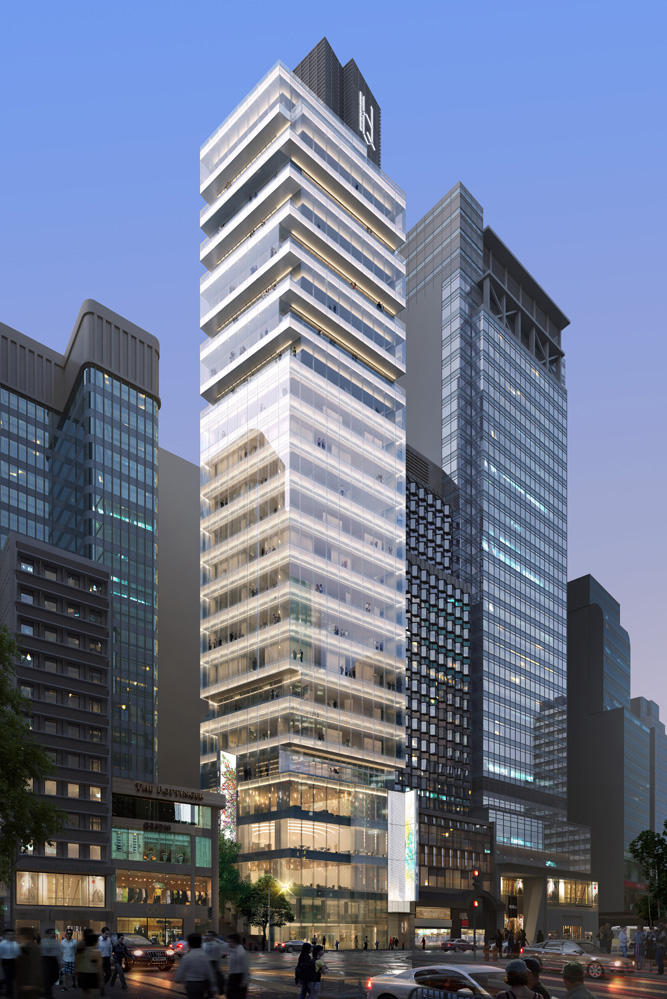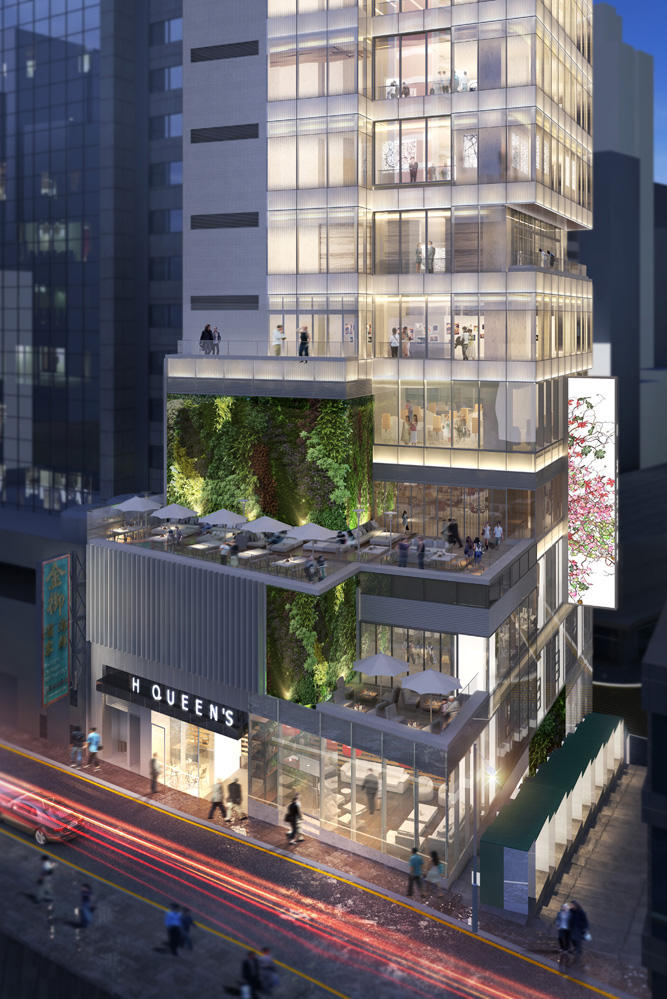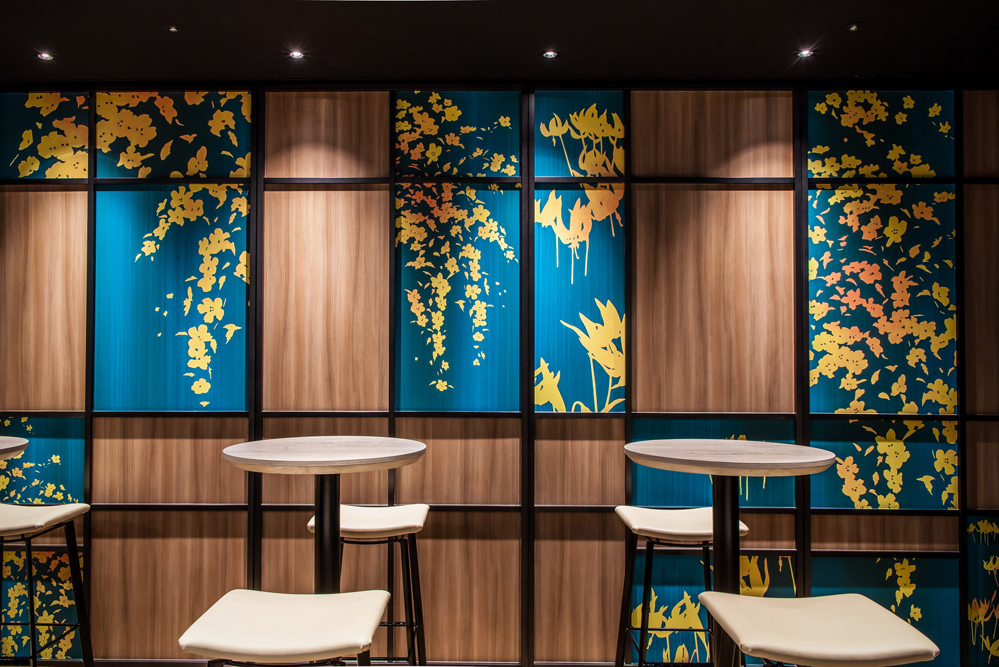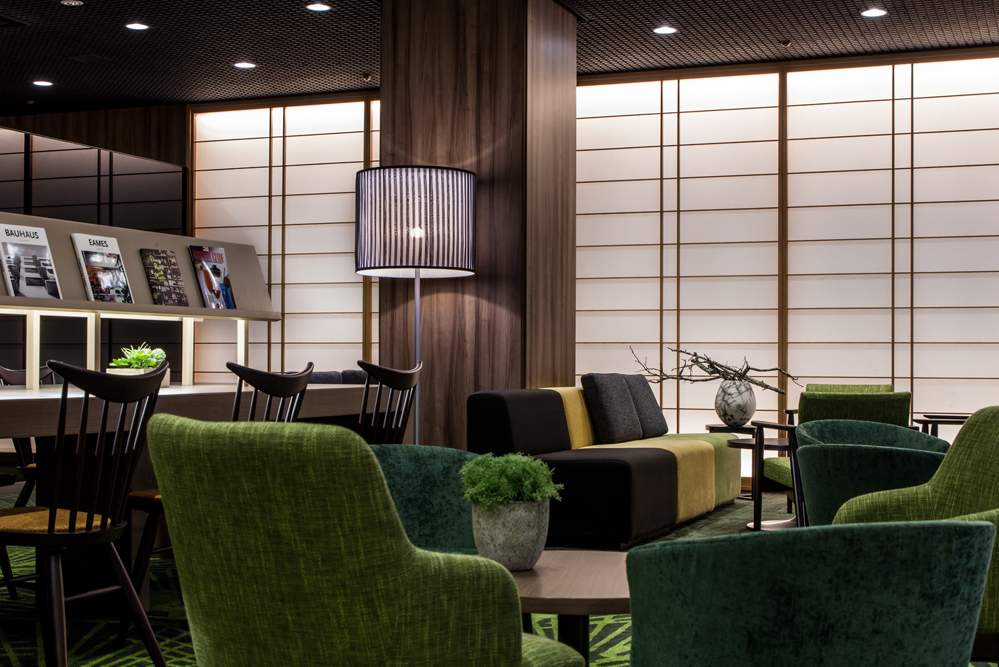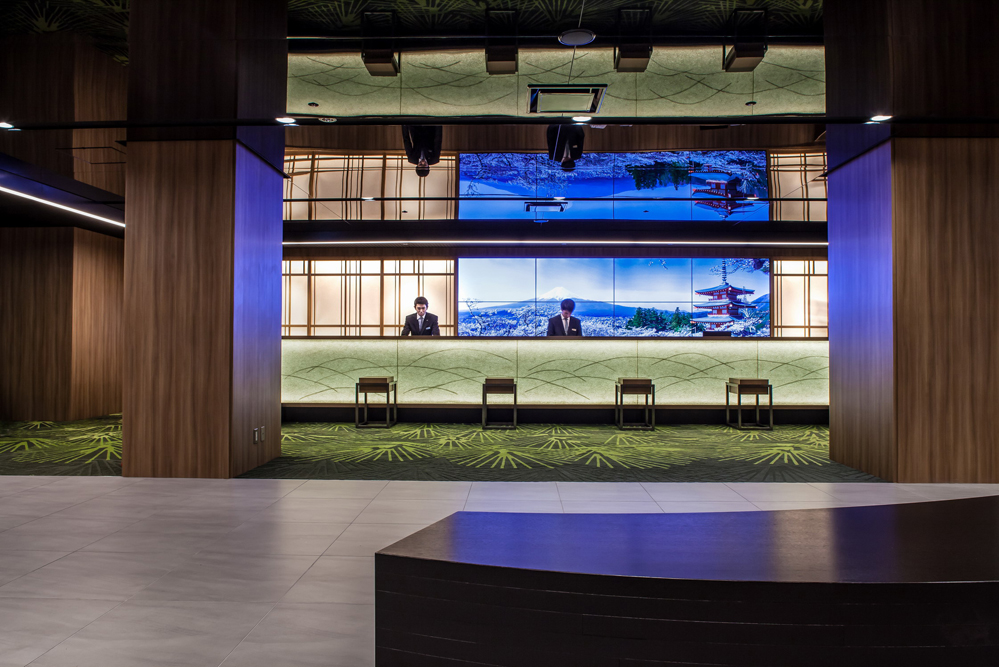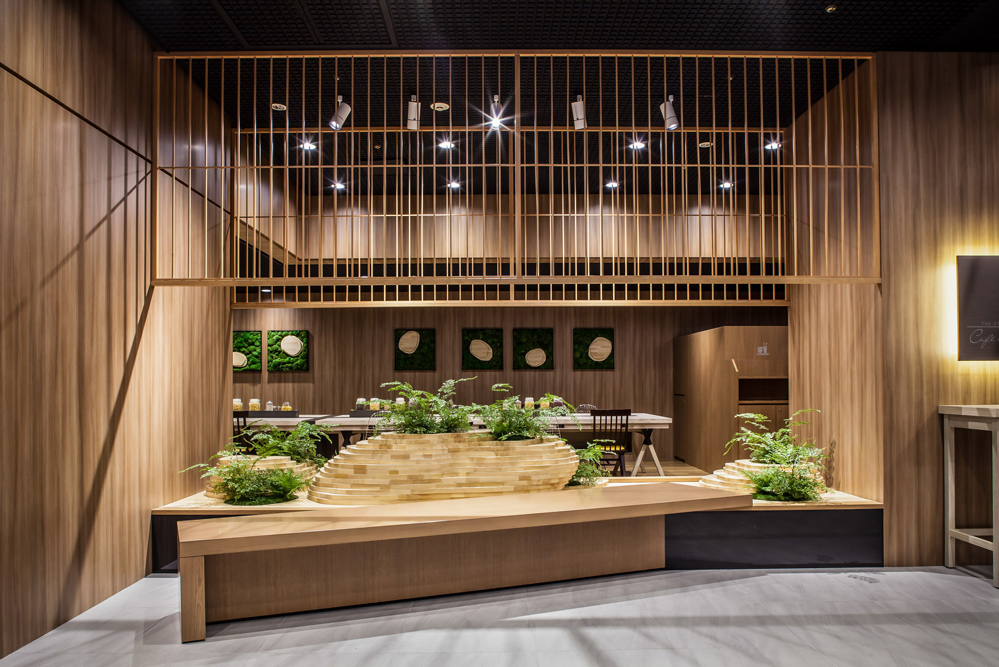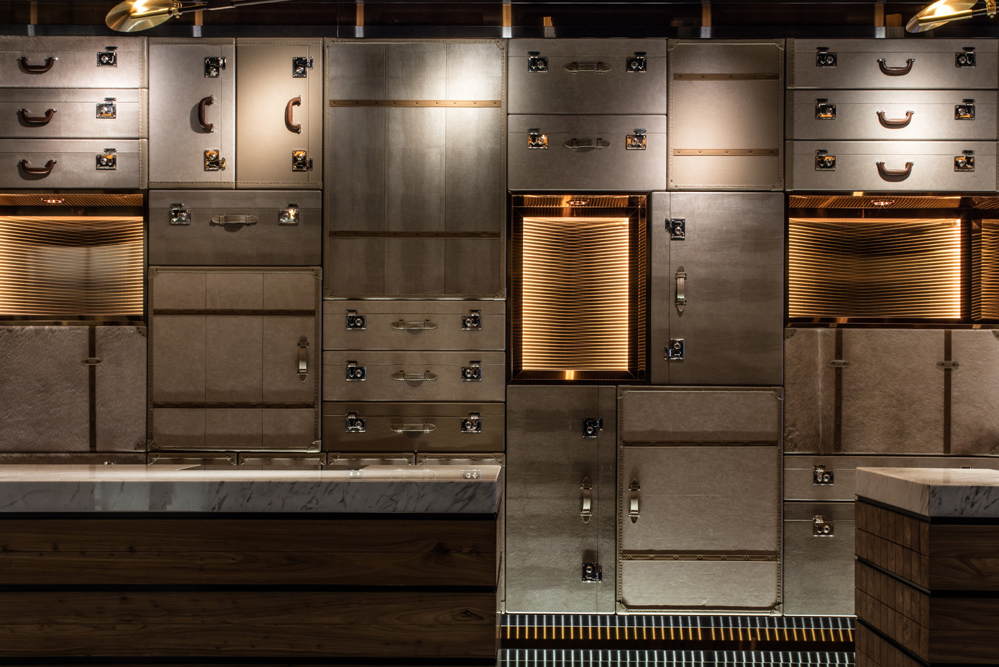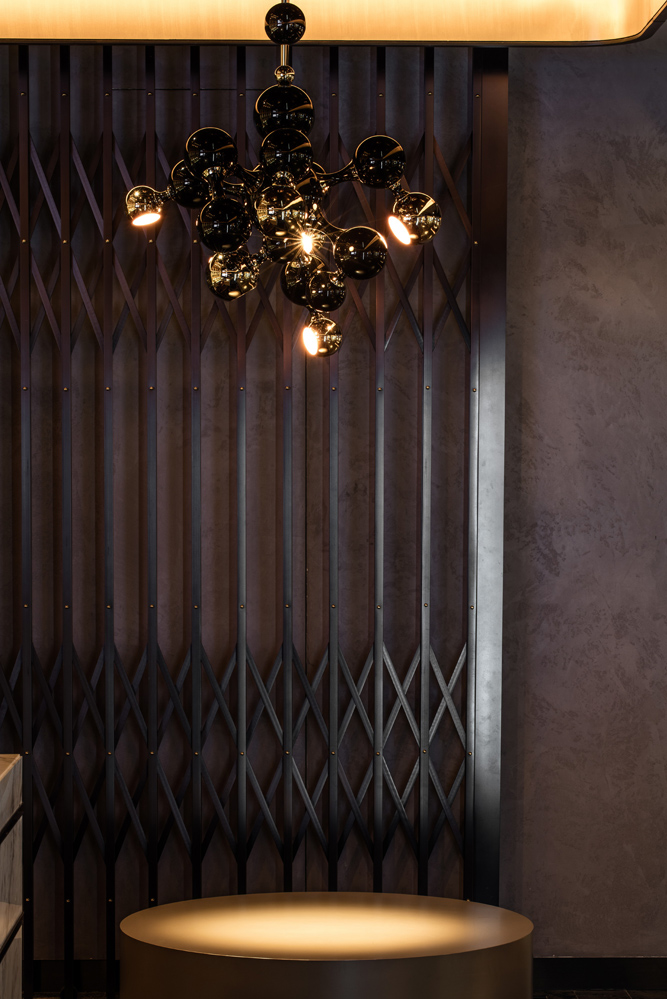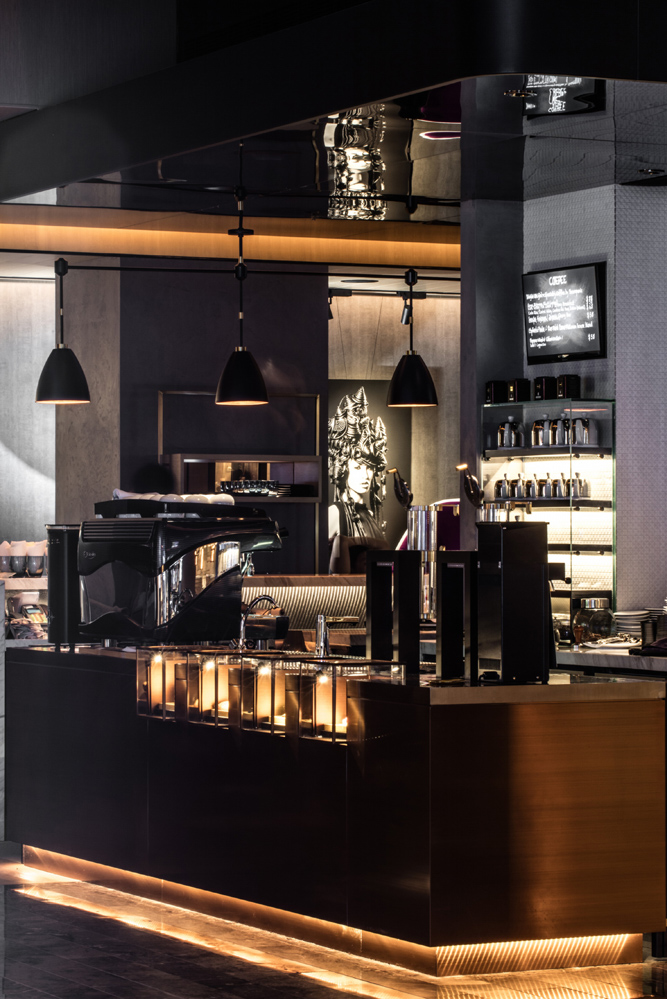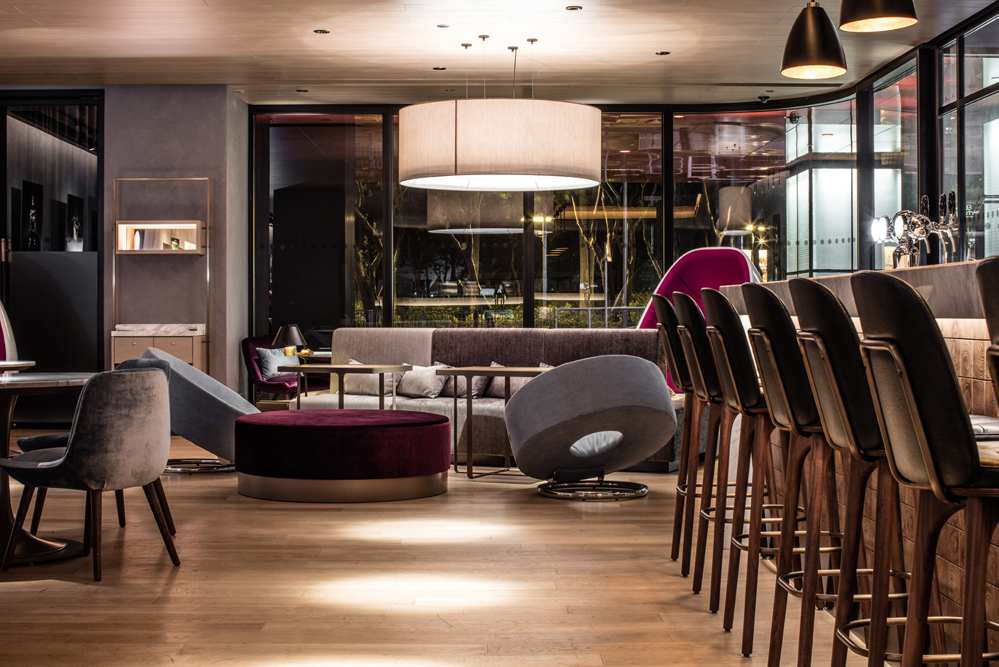A well-designed hotel is more than just a place to rest your head while you’re in a foreign country – throughout the duration of your journey, a hotel can become a second home. William Lim – the founder and managing director of Hong Kong-based architecture and interior design firm CL3 Architects – recently refurbished the Shinjuku Prince Hotel in Tokyo, giving its entrance, reception, lobby, café and bar a modern update with Zen and organic touches. He shares his philosophy on designing a hotel that guests are loath to leave once their stay is over.
We focus on delivering quality designs with a distinctive and artistic value. Art has always been an integral part of our architecture and interior designs. Every brief is a new challenge and we pay attention to every detail to create functional spaces that are memorable and emphasise the user’s experience.
Architecture is about people and how they interact with the space. A well-designed hotel should reflect the architect’s understanding towards this aspect and whether it can offer a comfortable, flexible and intuitive experience. A great design should also reflect an appreciation for authenticity – from use of materials and cultural references to design originality.
As we handled the renovation projects for The Park Lane, Hong Kong, and Shinjuku Prince Hotel, we approached the briefs by looking at the hotel’s surroundings, clientele, and how cultural elements could be integrated into the design.
We revitalised The Park Lane’s arrival experience to align with the needs of millennial travellers. Inspired by the dynamism of Causeway Bay, we reconfigured the space with the combination of glass, marble, copper, steel and timber for visual contrast against an industrial framework. The entrance is one of the most dramatic changes as we replaced the once conservative look with a black façade paired with an orange Alucobond ceiling and glass lit columns. We also designed the new lobby lounge, Ebb & Flow, that doubles as a mini art gallery.
Our concept for Shinjuku Prince Hotel, on the other hand, drew on a number of natural elements from the Japanese scenery for a modern Zen vibe. Traditional Japanese cultural elements can be found through the delicate Japanese shoji screens at the reception, the bamboo panels in the dining areas, and the hand-painted wallpaper featuring silhouettes of native Japanese trout lilies. The design scheme is further accentuated with warm lighting and a refreshing colour palette.
One of our current projects, H Queen’s, is a commercial building located on one of Hong Kong’s busiest thoroughfares in Central. The architecture is specially designed to house art galleries and innovative lifestyle concepts. The building is due for completion in mid-2017. We’re also designing the Gaysorn Plaza Phase 2 in Bangkok.
I have always wanted to work on a museum. The closest one I have touched was Times Museum in Guangzhou, which was a presentation project. I would love to handle a museum project from scratch.
Click through our slideshow below of CL3’s projects.
The post How William Lim designed a hotel you’ll want to live in appeared first on Home Journal.




